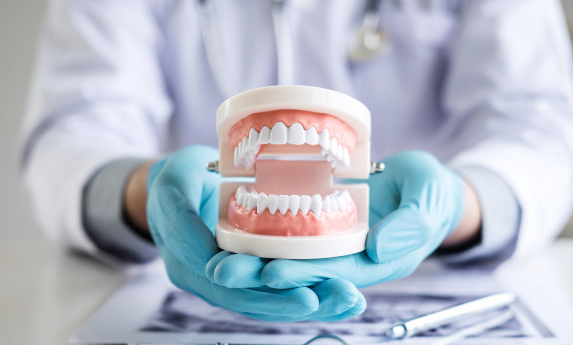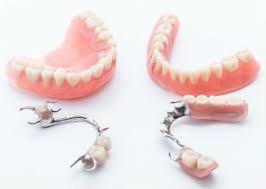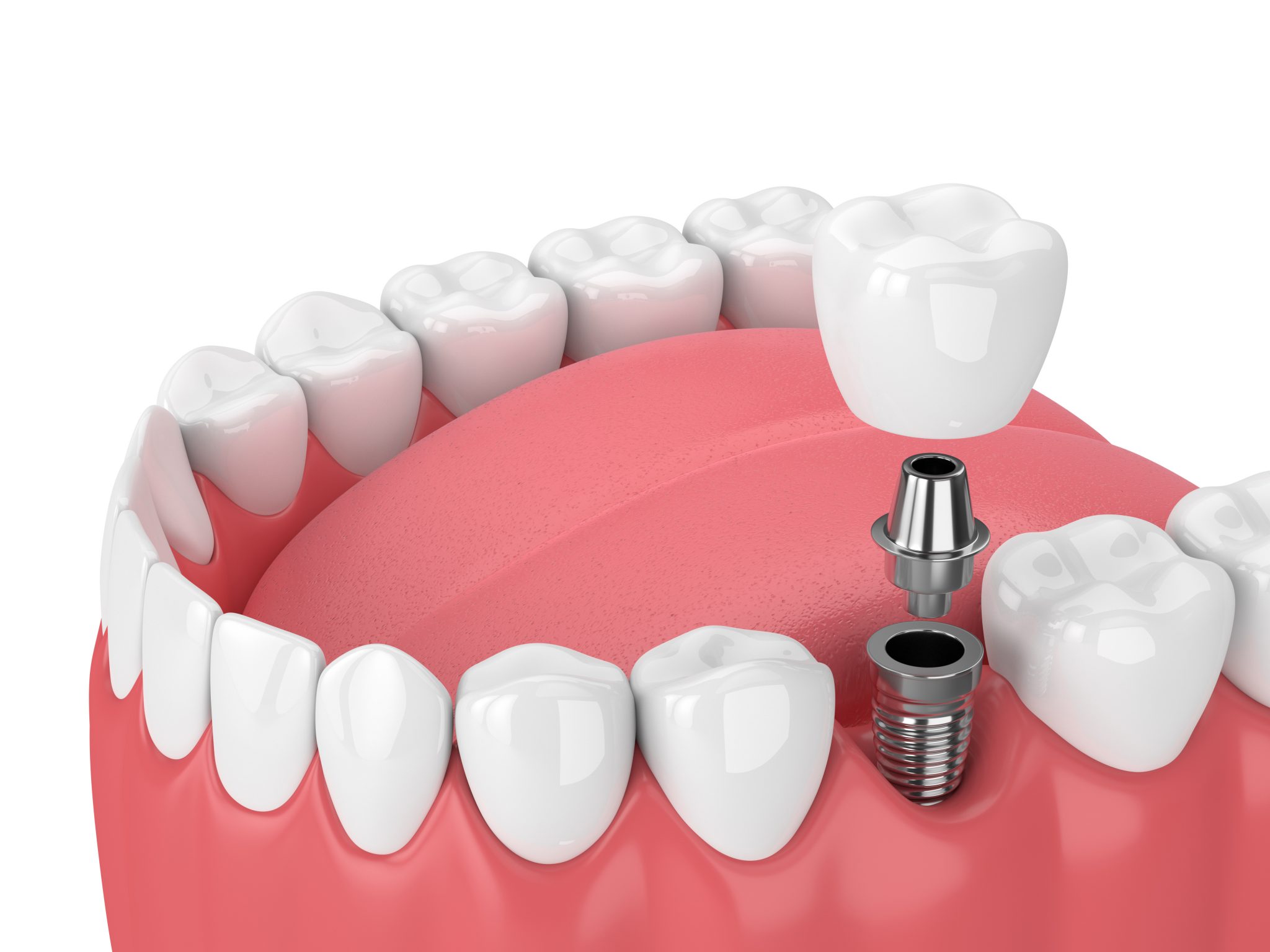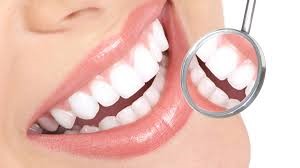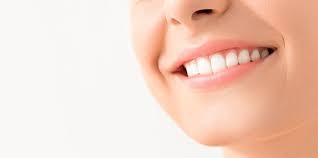Do you worry about your kid’s tooth decay or other dental diseases? Don’t need to worry about it. In this post, you will get super easy and effective tips to protect your child’s teeth from tooth decay, cavities, and so on. By following these tips, you can keep your kid’s beautiful smile healthy.
Get a Checkup
You should take your child to a pediatric dentist by its first birthday. Your early efforts will save your cost in the future. The dentist will thoroughly examine, in case of spotting any issue, they will provide effective treatment in order to resolve those issues.
Teach Good Habits
Before your kids’ teeth erupt, you have to clean their gums with a soft and wet washcloth two times in a day. After your child’s tooth starts to appear, brush their teeth with fluoridated toothpaste and an infant toothbrush. When two teeth of your kids’ touch each other, then you must start flossing as well. You can also ask your dentist schedule and techniques of flossing.
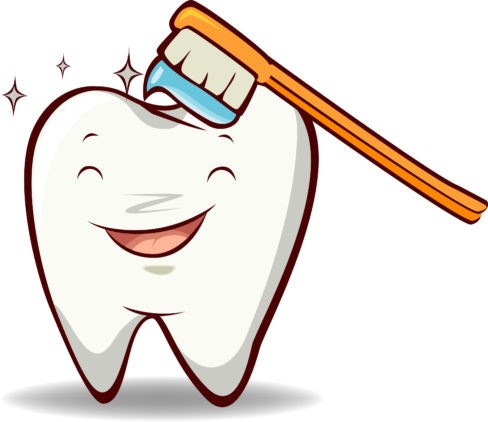
Don’t “Baby Bottle Decay.”
It is advised not to put your infant or older kid to sleep with a bottle of milk, juice and formula — sugary juices grip to their teeth and feeding bacteria that can be a reason for tooth decay. If your child is habitual of taking the bottle to bed, then ensures it contains water only.
Limit Down Juices
Majority of the parents believe juices is the healthy choice for a drink, but it can cause tooth decay. Make sure that your kid does not consume more than three to four ounces of 100% fruit juice in one day. Offer non-sugary beverages or healthy foods at lunchtime or dinnertime, and utilize juices as a treat only.
Control the Sippy Cup
A sippy cup is the best way to switch your child from bottle to glass. But make sure that your kid will not drink from sippy cup to all day long. Excessive usage of a sippy cup can also cause decay of the front and on the back of a tooth in the event of drinking sugary items.
Be Patient
When the kid’s grown up around two to three, then they start brushing their teeth. But it might be possible that they may not do it alone till the age of six. At the age of ten, kids learn the skills of flossing and brushing their teeth properly.
Motivation
Make brushing and flossing as a fun activity. Do this activity with them to teach the importance of oral hygiene. Young children follow their parents what they do how they behave, set a good example in front of them.




